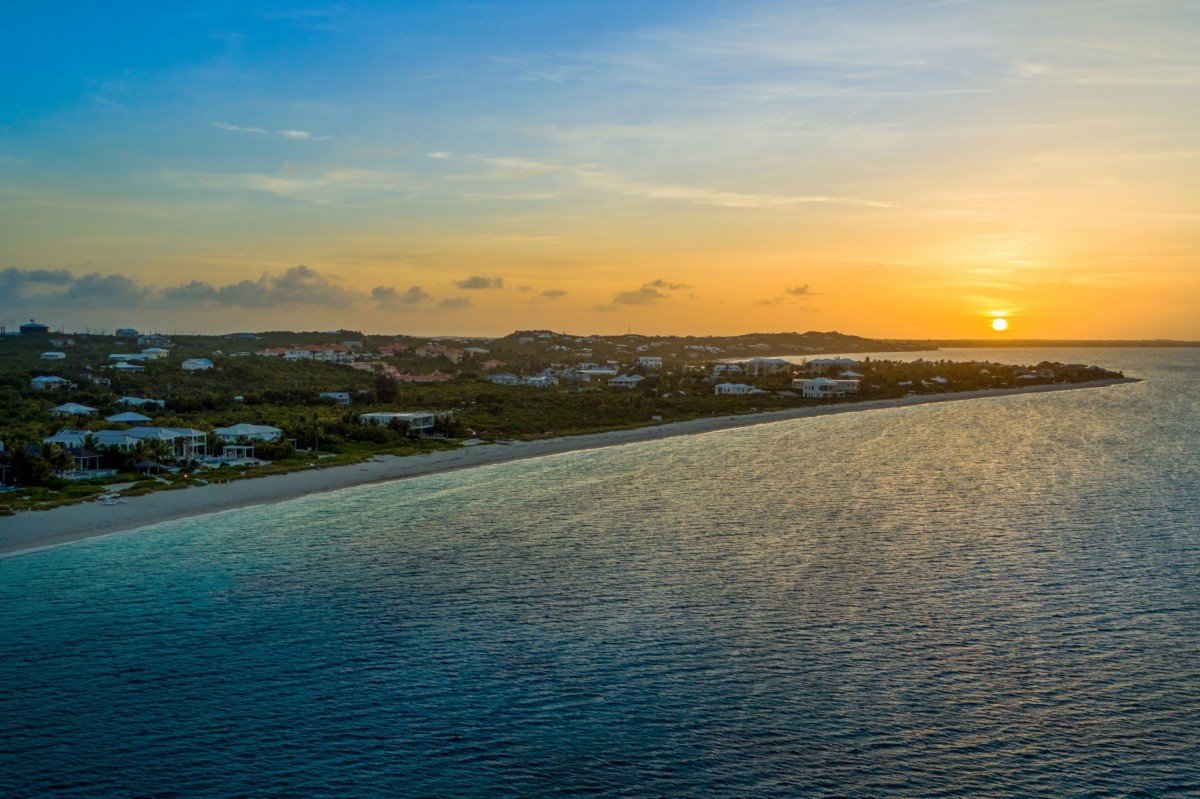Scuba Diving in Turks and Caicos: A Diver’s Paradise

Diving into the waters that surround the Islands of Turks and Caicos allows the diver to encounter a great diversity of corals and fishes, the spotted eagle rays, sharks, and, on occasion, the sea turtles. The coral gardens and the underwater cliffs are teeming with a healthy existence, offering a unique and dramatically colorful underwater experience.
What draws many divers to the waters of the Turk Islands is their wide visibility underwater, which can regularly exceed 100 feet (30 meters). Combined with calm currents, it makes for an ideal dive site, enabled for novice divers and seasoned ones.
Whether you are diving into the famous Grand Turk Wall, exploring the sheltered waters of Providenciales, or hunting for those hidden gems along South Caicos, you’ll never run out of underwater experiences here in the beaches of Turks and Caicos.

Marine Wildlife in Turks and Caicos
The reefs around the Turks and Caicos Islands are teeming with marine life, including colorful Caribbean reef fish, vibrant corals, and sponges. Divers often encounter Caribbean reef sharks, lemon sharks, and occasionally hammerheads, nurse sharks, and bull sharks. Rays, such as southern brown stingrays and spotted eagle rays, are common, and lucky divers might even spot a manta ray.
Stoplight parrotfish, which help create the islands’ stunning beaches, are abundant, along with other species like angelfish, snappers, groupers, wrasse, jacks, and butterflyfish. Eels, lobsters, crabs, and other fascinating creatures can be found hiding in crevices and under overhangs.
Humpback whales pass by the islands between January and April, with Salt Cay being a top spot for whale watching. Many dive sites are located within protected nature reserves and national parks, ensuring a pristine underwater experience.
Related Turks and Caicos Top Events

How Diving Varies Across the Turks and Caicos
Diving experiences differ across the islands, with each offering unique features. Providenciales provides all-inclusive dive packages at Beaches Turks & Caicos, while other islands don’t offer such options. The reefs near Grand Turk and Salt Cay are rich in marine life, but the most impressive underwater terrain can be found around the Caicos Islands, particularly the sheer walls of the western Caicos Banks, accessible only from Providenciales.
Boat Trips and Accessibility Grand Turk and Salt Cay offer dive sites just minutes from shore, usually accessed by smaller boats. In Providenciales, some sites, like French Cay and West Caicos, are an hour’s boat ride away and require larger boats with amenities like dry cabins and restrooms.
Related Our 7 Favorite Beaches in Turks and Caicos
Social Atmosphere Grand Turk caters mainly to cruise ship tourists, bustling during the day but quiet at night. Salt Cay offers a more intimate atmosphere with a small number of visitors. Providenciales is the hub for overnight stays and offers a more typical tourist experience with luxury resorts and villas.

Non-Diving Attractions Providenciales has many other activities like water sports, dining, golf, and spas. In contrast, Grand Turk and Salt Cay are more about natural beauty and historical sights.
Shore Diving Shore diving is limited, with the best sites on Grand Turk, including locations near Cockburn Town Beach and Pillory Beach. Providenciales’ resorts are too far from dive sites for shore diving.
Wreck Diving South Caicos is known for wrecks, including a Convair CV-440 airplane, and features beautiful reef formations, deep crevasses, and small caves. The School for Field Studies on South Caicos also offers research dives.

Seasons and Conditions Most marine life is visible year-round. Late summer offers the best visibility but is also the height of hurricane season. Water temperatures range from 75°F (24°C) in January to 86°F (30°C) in summer.
Night Diving Night diving reveals vibrant colors and unique creatures like prawns, marine worms, and lobsters, which are more active at night. These dives need to be reserved in advance, as they’re not regularly scheduled.
Dive Resorts and Accommodations Beaches Turks & Caicos on Providenciales offers all-inclusive vacation packages with unlimited diving, along with a variety of activities and amenities.
Related Best Time To Visit Turks and Caicos

Seasons
Marine life is visible year-round in the Turks and Caicos, except for whales and larger sharks. Late summer offers calm weather and great visibility, but also brings hurricane season. Water temperature ranges from 75°F (24°C) in January to 86°F (30°C) in summer.
Night Diving
Night diving offers enhanced colors, as the dive light reveals vibrant reds and oranges that are filtered out during daytime dives. Many marine creatures, such as prawns, worms, and lobsters, are more active at night. Night dives are available but must be reserved in advance.
Dive Resorts and Accommodations
Beaches Turks & Caicos on Providenciales is the largest all-inclusive resort, offering unlimited diving and a wide range of amenities.
Liveaboard Diving
Aggressor Adventures and Explorer Ventures offer liveaboard diving experiences. The Turks & Caicos Aggressor II takes guests to remote dive sites along Providenciales, West Caicos, and French Cay, perfect for diving enthusiasts and photographers.
Learning to Dive
Scuba diving opens a new world beneath the surface. It’s relatively easy to get certified, especially if you’re already active in swimming or snorkeling. Providenciales has the largest selection of dive shops and instructors.

Training and PADI Certification Course
To dive in the Turks and Caicos, you must have a certification card, with PADI being the primary certification agency. The PADI Open Water Diver course is recommended, which typically takes 3-4 days and includes both pool/classroom training and ocean dives. An eLearning option is available for those who prefer to study online before completing the in-water certification during their vacation.
Local Dive Companies and Lessons
Several 5-star PADI Dive Resorts and independent instructors are available. Most offer basic PADI Open Water Diver certification, Nitrox, and advanced courses.
Other Courses
- Discover Scuba Diving (DSD): A half-day introductory course to experience basic diving.
- PADI Scuba Diver: Covers 70% of the Open Water Diver course and allows diving with a Divemaster to a depth of 12 meters (40 feet).
It’s recommended to complete the full Open Water Diver course instead, as it offers more flexibility.
Medical Considerations
Divers must be in good health and reasonably fit. Decompression Sickness (DCS) can occur due to increased nitrogen absorption, and divers should avoid flying for 12-24 hours after diving. Decompression chambers are available on Providenciales, and medical facilities are accessible on both Providenciales and Grand Turk.








